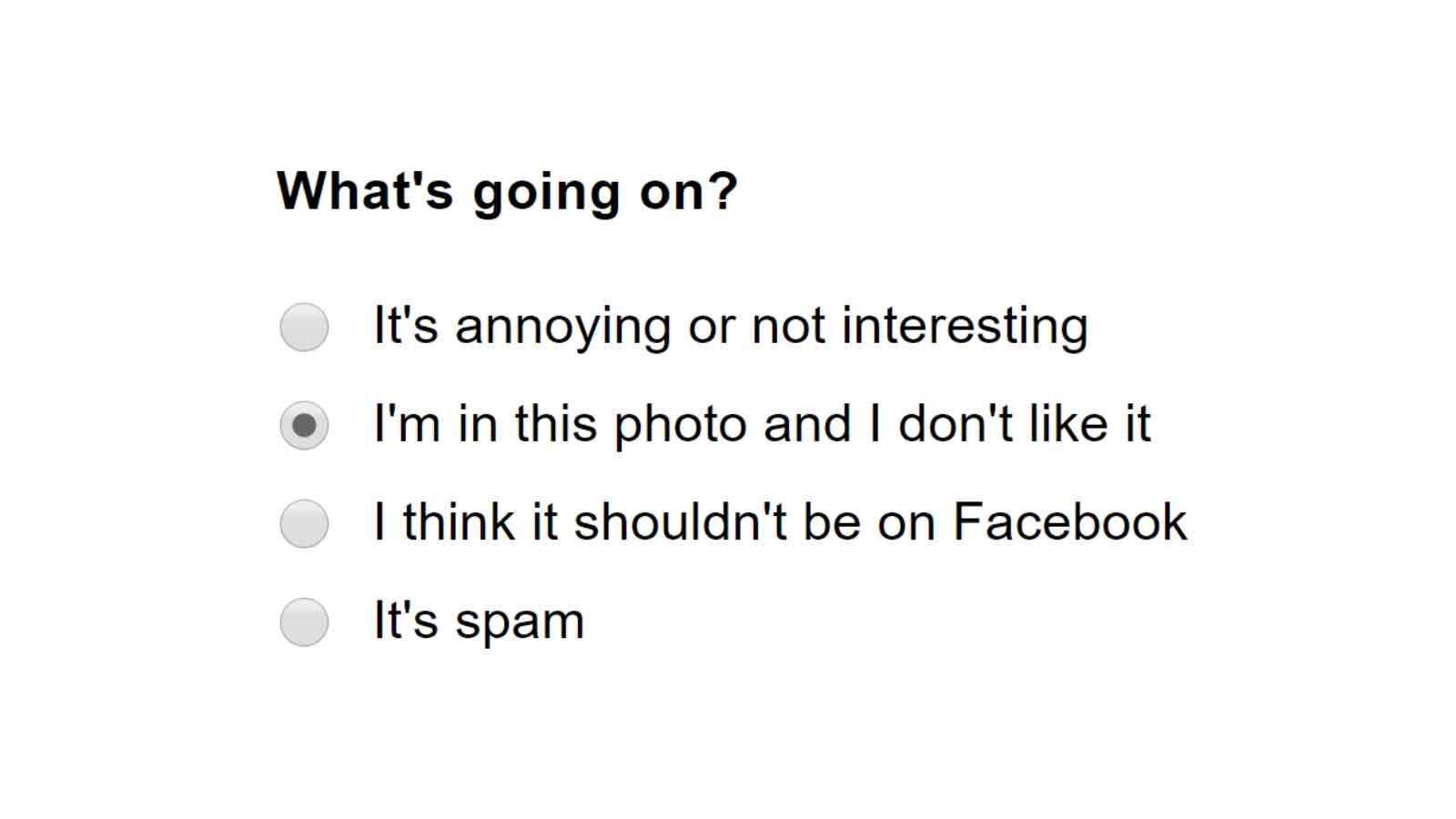“The planet Arrakis, known as Dune”
My very first experience with a sound card was watching the Dune 2 intro on my dad’s friend’s computer. I was so amazed, I just sat in awe as that intro movie played.
On the drive home I tried to remember if what I heard was real, and I just couldn’t imagine it. When I tried to recall what I saw and heard, I could only imagine hearing that tinny internal speaker making bleeps and bloops instead of the actual sounds. It just seemed so unreal at the time that I could not recall what I had heard only a few hours earlier :)On a side note, I don’t think any studio in the nineties made as memorable tunes and sounds as Westwood did. There was always something enchanting about them. Dune 2, the Kyrandia games, they all had excellent music that really played into the strengths of what was available back then.
Of course I’m talking with pink tinted nostalgia goggles, but still… good memories :)Frank Klepacki, what a fucking gem.
Great, now I have the ornithopter theme from Dune 1 stuck in my head.
Ah the sweet sounds of a simpler, worryfree time …
Got a second hand ISA interface SoundBlaster 64 at a computer fair in San Diego when I was visiting there for the best summer of my life in 1998. If I remember correctly it was $4.
Money well spent.
At the Scottish Rite Center in Mission Valley? There’s a good chance I was also there that year. My two most prized possessions I acquired there were a 3dfx Voodoo Rush, and a modded PlayStation 1 in a clear plastic housing.
Not there but (and I had to google maps this) it was at a place that I think is called “Pechanga Arena” now on the aptly named “Sports Arena Blvd” but I think the arena was called something else back then. About 2 miles from Ocean / Mission beaches and close to my apartment at the time.
You did well with your purchases!
Flippin’ LOVE San Diego.
Ah yeah, Pechanga Arena was just “The Sports Arena” in the era before sponsoring venues was a thing. They still to a swap meet in the parking lot of that place every weekend. Random other info about that place, they shot a scene from Almost Famous at one of the freight entrances there.
Pechanga Arena was just “The Sports Arena”
That’s what I thought! But it just seemed like my memory playing tricks on me for a place to be called “The Sports Arena”. LOL.
Random other info about that place, they shot a scene from Almost Famous at one of the freight entrances there.
WHAAAT!?!?! Love that movie and I only rewatched it there a few months ago not knowing that. That’s a cool little nugget. Thanks!
They’re still around and they still make cards. The onboard audio in my PC broke, so I bought an Audigy FX and it’s served me ever since.
I think these days most people use their video card as a sound card because monitors/displays generally have audio out as well.
But yeah. I remember having endless problems getting one of the Splinter Cells to run (I want to say Pandora Tomorrow?). After literally weeks of googling and discussing the issue on forums with others with the same problem, we found out that it had issues with the onboard sound for certain motherboards. Went out to Best Buy, bought the cheapest soundblaster they had, and no problems.
I still like Xonar cards, like the Xonar DG (though it isn’t compatible with my new PC). I always liked their interface more than the competitors, and it puts out excellent volume on my Logitech headset that is otherwise way too quiet for me. Never been a big fan of the simulated 3D environments on any of these cards, though. The only game it ever sounded decent in was No Man’s Sky, but even that still had a distant tinny sound to it.
I think most people just use external amplifiers these days, but I’m still using a third-party sound card.
I had to play Wolfenstein 3D with the little wafer speaker on the motherboard.
Back in my day, there was a little speaker in the case that connected to the motherboard by a couple of wires.
It sounded terrible and we liked it, because it was better than nothing.
I still use those, how else can you hear your POST codes?
Many mainboards have moved to a small piezoelectric speaker, not dissimilar to the buzzer on an old style of digital watch (think Timex), rather than a speaker pinout for the system.
It’s soldered right to the mainboard. It’s different than the crap cone style system speaker.
The cone style usually was bundled with the case and was usually mismatched lowest bidder garbage.
I’m pretty sure that even very modern mainboards have a piezo style “speaker” on them, though many might forego this in favor of lights or something.
Higher-end motherboards have LCDs for that now
Otherwise I believe many still have lights?
Most BIOSes can show them on screen and most motherboards have LEDs to indicate WTF is going on before the screen becomes active. Also, boot up failures are extremely rare compared to 1990-s.
Grandpa said nothing wrong.
The company name was Creative Labs.
I inferred that the “…” meant he was still talking and his granddaughter interrupted him
That’s the hairiest granddaughter I’ve ever seen.
Wow, there’s a template just like this one with a granddaughter and I didn’t even clock this is a different one
Sure grandpa, let’s get you to bed.

You had to use Voodoo to see the magic 3d graphics
Not the same thing, but I still have my old Voodoo 2 3D-accelerator card (not the same thing as a video card back then).
I miss my Voodoo 2 3000 AGP card.
I got an ABIT Siluro/ Geforce 2 MX400 after that and Diablo 2 ran worse, the frame rate tanked. I was gutted.
Back in the day I tried to play Morrowind but every time I moved my mouse the game would crash, I started removing hardware until I found out it was my soundcard giving me issues, was an old ISA slot. Got a PCI soundcard after that and no issues.
Those were the days.
Shitty days, but days nonetheless, when PC gaming was the Dark Souls of gaming.
VESA local bus. It was the shit and nothing was ever going to be better. Until next year.
I had the original voodoo 3Dfx in 50lbs Alienware case with a 75 lbs 20+ inch crt… can’t remember the exact size. Wrong choice for university living at the time
It’s a good thing you held onto it.

The GUS for the win!
What? They did have onboard sound. The problem is that if you used the motherboard speaker to make anything more decent than a beep, you basically needed to build an entire sound engine from scratch and very few games did so. It also wasn’t worthwhile because a shitty two pin speaker could not compare to the speakers of a professional sound system which you needed the soundcard to hook up into, and CPU bandwidth was such a limitation back then than even when games could play WAV they would use MIDI to offload the musical instrument synthesizing for the soundtracks to the sound card. Designing a game that used the onboard sound speaker was basically the realm of assembly hacking geniuses.
It also wasn’t worthwhile because a shitty two pin speaker
All speakers are two pins. 🤔 They were crappy because they were most often little piezoelectric speakers, or otherwise very small where they couldn’t play low frequency sounds well.
My best friend gave me his sound blaster after upgrading to the Pro. Later I upgraded to a Gravis Ultrasound. Offloading sound processing to the sound card (1MB) improved gaming performance significantly.
deleted by creator
60% of the time, it works every time
Wait. When did onboard sound get good enough that you don’t need a soundcard? My computer is “only” 12ish years, and it has a soundcard. The reason used to be that internal ones sounded like shit.
I used to use a sound card until it died. When I researched how to get good sound I found most people use a DAC/amp combo now. But onboard is usually good enough. It was a noticable upgrade but not sure if it was worth the money.
And then three things happened at once
- Creative de-facto monopolized the industry often by unethical means (suing Aureal into bankruptcy, etc.), not letting much room for competitors, which in turn lead to diminishing quality on the part of Creative.
- Microsoft didn’t put hardware acceleration support into XAudio, which superseeded DirectSound.
- Game publishers realized the vast majority of gamers didn’t care about sound quality, so they could spent those resources on making the games look a little bit more realistic.













